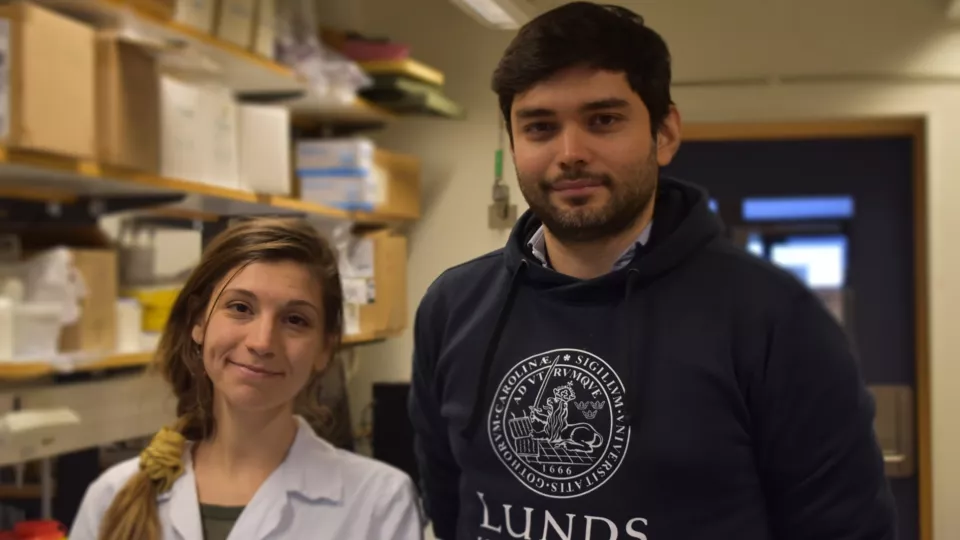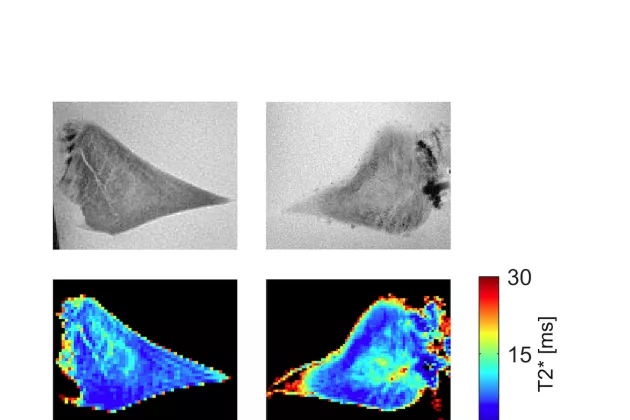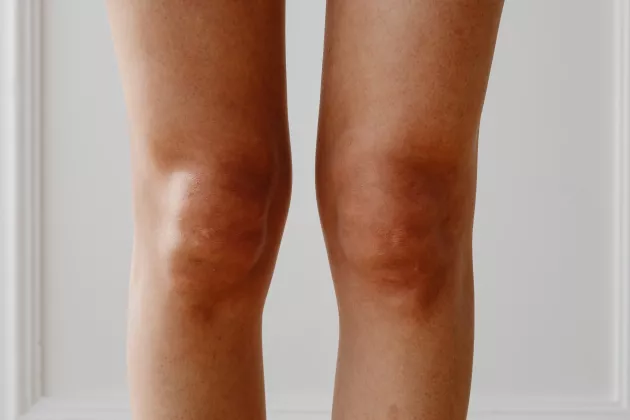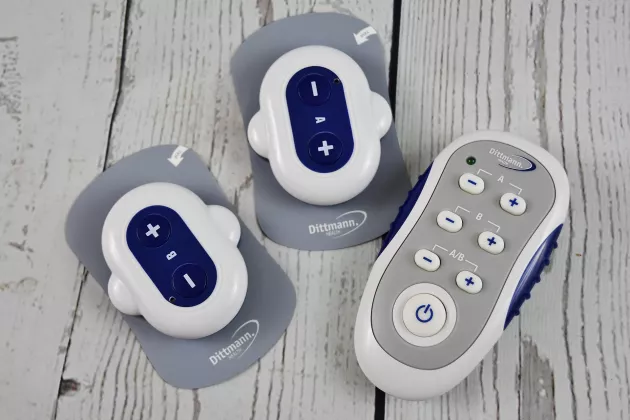Gustavo is a mechanical engineer from Colombia. During his master's studies, Gustavo got the opportunity to conduct an internship in Lausanne, Switzerland. In Lausanne, he worked in orthopedics and studied the mechanical response of knee implants for total knee replacements using numerical modeling.
When Gustavo came home from Lausanne, he was offered a PhD position at the University of Eastern Finland, in the biophysics of bone and cartilage (BBC) group. His research focused on the degenerative mechanisms in articular cartilage and its relation to osteoarthritis, with the goal to identify different mechanisms that can predict cartilage degeneration. After he obtained his PhD-degree, he continued as a postdoc at the same university before moving to Lund in 2021. He is now working at the Faculty of Engineering, in the Biomechanics group led by Prof. Hanna Isaksson.
The main aim of Gustavo’s research is to develop a tool or program to predict how physical loading and cartilage degeneration during OA is linked, in a patient-specific manner. By using computational methods, called finite element analysis, one can link a person’s movement pattern to the forces generated in the knee and their distribution inside the cartilage tissue. After identifying the link between force-levels and degeneration, it may be possible to tell a person that “if you continue to live like this, in 5-10 years the health status of your knee tissues will be that”.
“The best treatment for OA is prevention but we need to develop tools to estimate the risk of developing OA early enough. This can help governments to save money in the future as the only treatment today for OA is joint replacement surgery” - Gustavo.
Maria is from Italy and has a background as a chemist and a material scientist. After her master’s degree in Bologna, Italy, she wanted to use her knowledge to study medical/biological samples. She moved to Israel and the Weizmann institute for the PhD degree and has thereafter been in Lund, Sweden as a postdoc for the past 3 years.
Maria wants to understand the relation between microstructure and mechanical properties in knee soft tissue, specifically how they change during development of OA.
“Today it’s not clear if OA starts in the cartilage or in the meniscus”, Maria tells us.
Maria does experiments at large scale facilities such as the synchrotron source MAX-IV in Lund. The benefit with using synchrotron sources is that it produces extremely bright and focused light, which means we can image the tissue with much higher resolution and faster than in the lab or hospital. She combines high resolution x-ray imaging in 3D with mechanical compression to visualize inside the tissue how it responds when being loaded. She then investigates if and how this response changes in patients with OA.
Both researchers work in a project that is a Nordic collaboration between Lund University, University of Eastern Finland, Oulu University and University of Copenhagen, called “Deepmechanoknee”, funded by ERA PerMed. It will contribute to improve medical treatments to slow down the progression of OA in the knee joint. Find out more about the project here, the link will open in a new tab (ERA PerMed's webpage).
“We don’t know much about how OA develops or where it starts. The idea of this project is to try to understand more about how OA develops and how it affects both the meniscus and the cartilage. Gustavo will develop the computational models that can simulate the progression of the disease” Maria tells us.
Gustavo needs the data that Maria acquire to feed into his simulations; in this way their work really complements each other!





